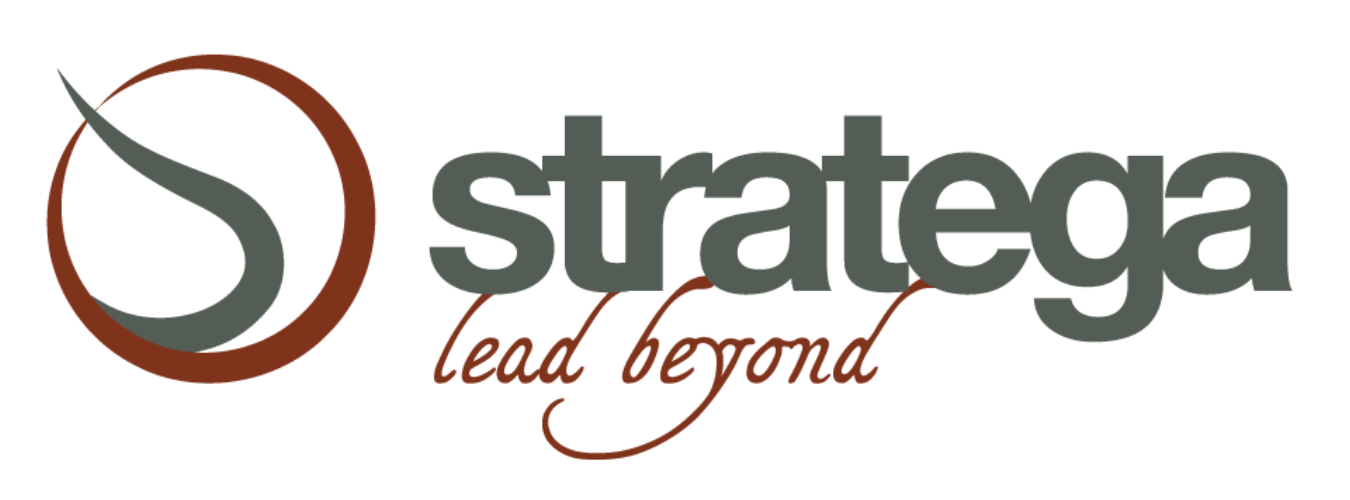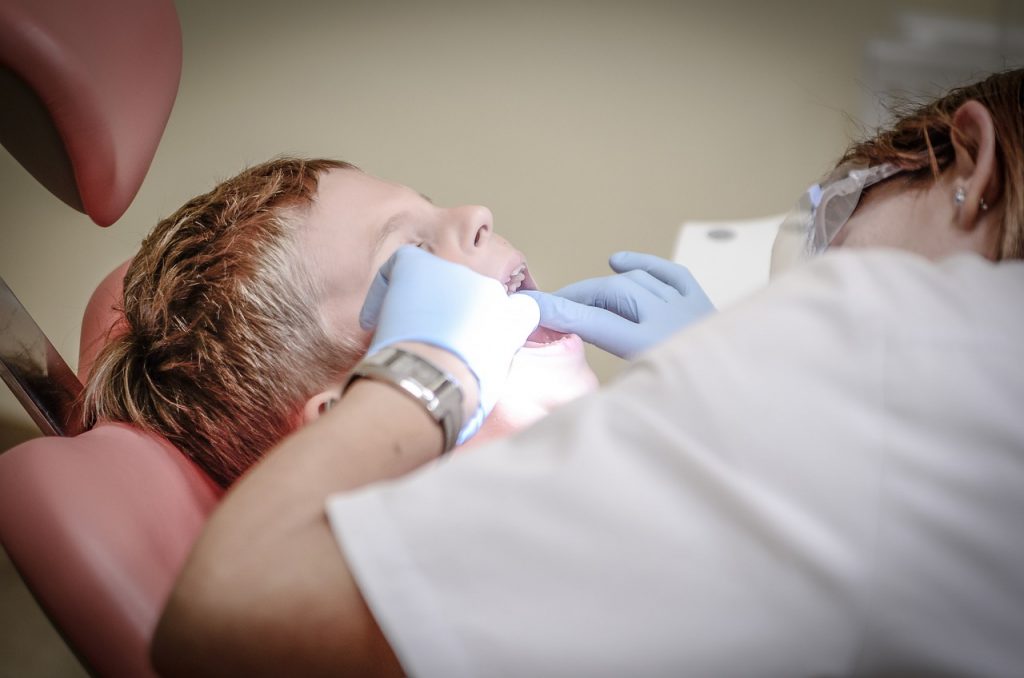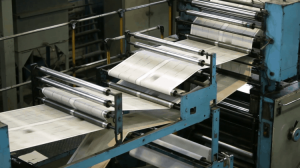Benefits of implementing 5S methodology in the healthcare industry, including improved patient safety and satisfaction
Anyone who goes to a healthcare facility assumes that the organization of services is centered on the patient and the care process and that quality of care and safety are guaranteed.
When we talk about the health care industry, in fact, we must keep in mind that we are not talking about a manufacturing company-where the imperative is to reduce costs to increase margins-but about an area where the priorities are the healing and health of the patient.
Let us now imagine that we administer a satisfaction questionnaire to everyone who has used these services: are we sure that patients are always satisfied?
HEALTH SECTOR: CRITICAL ISSUES
Many facilities in healthcare pay the cost of incorrect processes, overproduction of documentation, long waits for consultations and diagnostic test results. All of this, in addition to bringing no value to the patient, is a source of stress and creates dissatisfaction, negatively impacting the bottom line both in the acquisition of new clients (due to declining reputation) and in efficiency management.
In these cases, it would be a good practice to go over procedures, established practices and processes to optimize all those activities that help create value and eliminate waste.
Specifically, procedures are a set of written instructions that describe how to perform a specific activity correctly and in a standardized manner: for example, they can be used to describe how to check in a patient, how to perform a blood draw, or how to use a particular medical device. Procedures are key to ensuring that activities are carried out safely and correctly, so that errors and accidents are reduced.
Practices, on the other hand, are a set of established behaviors, unwritten norms, traditions, and customs that constitute a method for carrying out daily activities. For example, they may relate to how health care workers interact with patients, how they communicate with each other, or how they handle emergencies. Practices can be positive or negative, and can significantly affect the quality of services provided and patient safety.
Finally, processes are a set of interconnected activities that converge toward a common goal. For example, the process of caring for a patient may include activities such as identifying the patient, assessing his or her condition, prescribing medications, performing diagnostic tests, and planning for discharge. Processes are critical to ensure efficiency and consistency of activities, and to reduce waste and errors.
In summary, while procedures focus on specific activities and how they are done correctly, practices are concerned with how people carry out daily activities and how they interact with each other, and processes focus on interconnected activities and how they are coordinated and controlled.
It is critical for managers and supervisors to have a crystal-clear understanding of these three elements to avoid running into:
dysfunctional processes, which worsen the user and operator experience instead of improving it
outdated procedures, which end up being ignored making it impossible to maintain high quality standards
out-of-control practices, which result from the absence or lack of understanding of procedures, leading to erratic performance and declines in operator and department capacity
THE 5S METHOD IN HEALTHCARE
When faced with the need to standardize quality, the first approach is, almost always, to define rigid procedures for each individual action. While this solution may seem the most logical, experience and science teach us that operators reach their full potential when they adopt frameworks (i.e., “ways of working”) that leave room for intuition and personal skills.
In other words: we are people and not robots; we perform at our best when we are enabled to use our brains in the performance of our tasks.
One of the most popular methods for ensuring high quality standards but also active involvement of teams is the 5S Method.
The 5S method is based on the Japanese philosophy of “lean thinking” and is an approach guided by the principles of waste avoidance and continuous improvement, characterized by limited and flexible automation and the multifunctionality of operators. In healthcare, it is the most effective tool for excellently organizing workspaces, allowing all operators involved (physicians, nurses, administrative staff, management, etc.) to increase their productivity while contributing to overall process improvement.
The application of the 5S methodology requires a well-structured and systematic approach and the involvement of all business figures. The basic principles are simple to understand and their application brings immediately visible results.
THE STEPS TO IMPLEMENT THE 5S METHODOLOGY:
SEPARATE: This step involves removing unnecessary items from the work environment. In the healthcare context, this means removing: unnecessary or damaged drugs, medical devices, machinery, diagnostic equipment, documents, etc. so as to free up space and make the work environment more orderly.
SYSTEMIZING: in this stage, the remaining items are organized in a logical and rational way, placing them in such a way that they are easily accessible and reduce the time it takes to find them, thus facilitating the work of healthcare workers.
CLEANING: In healthcare, this phase is extremely important and consists of a thorough cleaning of the work environment, this means disinfecting surfaces, instruments and equipment used to prevent the spread of infectious diseases. This also makes it possible to inspect, through cleaning, the means of work, equipment and everything that is used and detecting any anomalies.
STANDARDIZE: rules and procedures for keeping the work environment clean and orderly should be standardized by defining protocols for disinfecting tools, waste management and equipment maintenance, etc.
SUSTAIN: In this phase, habits are established to keep the work environment clean and orderly over time and thus to make the actions implemented in the previous phases become a modus operandi of the operators. In the health care context, this means adopting correct behaviors in accordance with established procedures to ensure the safety of patients and health care workers.
Let’s take an example: let’s imagine that we are in the waiting room of a healthcare facility, very often in this circumstance it happens that the operator in the secretary’s office is forced to disentangle several tasks, including greeting patients, answering the phone, making appointments, filling out forms etc.
In this case, applying the 5S method and thus maintaining a tidy and clean work space, free from unnecessary or superfluous objects, could reduce the waiting time of patients at the reception desk, avoid data transcription errors, improve the quality of the service provided and increase the productivity of the operator himself.
WHAT WE DO AT STRATEGA
For us at Stratega, change comes through people: our desire is to collaborate with our clients, not replace them, by providing support for human capital using methodologies and procedures to improve the productivity of staff and consequently of the company.
The process is based on teaching, coaching and verification, with the aim of shaping the skills already present in the company, increasing their effectiveness and value.
This approach brings both short- and long-term benefits: in the short term, the client solves problems related to wasted time and resources in processes, while in the long term, he or she learns how to manage the continuous improvement process on his or her own, gaining more benefits and increasing the return on investment.
Our goal, therefore, is to help companies grow and become autonomous, looking to the future and development opportunities.
BENEFITS
The application of the 5S method in the healthcare sector can bring several benefits, including:
- Reduction in patient waiting time
- Improved quality of service delivery
- Reduction in errors and accidents
- Improved patient safety
- Reduction of contamination risks of various kinds
- Reduction in costs associated with waste and waste management
- Maintenance of efficient equipment through planned maintenance and cleaning.
- Improved patient perception of the facility
- Positive impact on turnover
CONCLUSIONS
In conclusion, the application of Lean principles in the health care sector can lead to greater efficiency, effectiveness and quality of services offered to people. Through analysis and identification of inefficiencies, it is possible to improve the flow of value in work processes and develop a culture of continuous improvement. The 5S method represents one of the innovative and sustainable solutions that can contribute to this improvement process.
Not to be overlooked, then, are the benefits that can be achieved in terms of profits: the adoption of this methodology certainly leads to a reduction in costs related to waste and waste management, an increase in staff productivity, and greater patient satisfaction, who may return to choose the health facility for their treatment and care needs. In addition, better work organization can increase the ability of the facility itself to respond to patient demands, thereby increasing the revenue stream.






